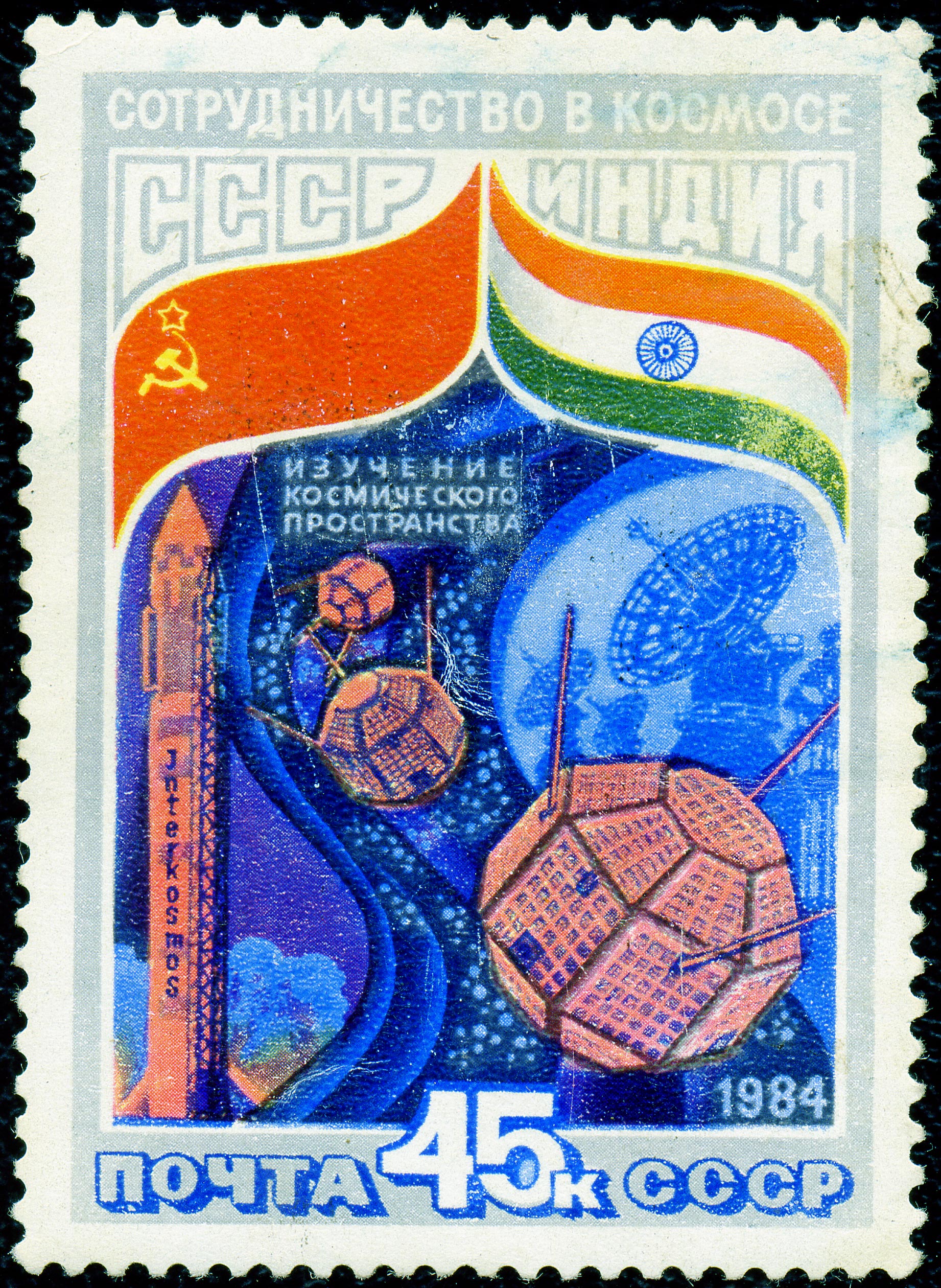Bhaskara (satellite) on:
[Wikipedia]
[Google]
[Amazon]
Bhaskara-I and II were two satellites built by the Indian Space Research Organisation that formed India's first Bhaskara
NASA 16 September 2017
The satellite consisted of- *Two

low-Earth orbit
A low Earth orbit (LEO) is an orbit around Earth with a period of 128 minutes or less (making at least 11.25 orbits per day) and an eccentricity less than 0.25. Most of the artificial objects in outer space are in LEO, with an altitude never mo ...
Earth observation satellite
An Earth observation satellite or Earth remote sensing satellite is a satellite used or designed for Earth observation (EO) from orbit, including spy satellites and similar ones intended for non-military uses such as environmental monitoring, me ...
. They collected data oceanography and hydrology. Both satellites are named after ancient Indian mathematicians Bhāskara I
Bhāskara () (commonly called Bhāskara I to avoid confusion with the 12th-century mathematician Bhāskara II) was a 7th-century Indian mathematician and astronomer who was the first to write numbers in the Hindu–Arabic decimal system with a ...
and Bhāskara II
Bhāskara II (c. 1114–1185), also known as Bhāskarāchārya ("Bhāskara, the teacher"), and as Bhāskara II to avoid confusion with Bhāskara I, was an Indian mathematician and astronomer. From verses, in his main work, Siddhānta Shiroma ...
.NASA 16 September 2017
Bhaskara-I
Bhaskara-I, weighing 444 kg at launch, was launched on 7 June 1979 from Kapustin Yar aboard the Intercosmos launch vehicle. It was placed in an orbital Perigee andApogee
An apsis (; ) is the farthest or nearest point in the orbit of a planetary body about its primary body. For example, the apsides of the Earth are called the aphelion and perihelion.
General description
There are two apsides in any ellip ...
of 394 km and 399 km at an inclination of 50.7°.Bharat-rakshak.com Indian satellite systemsThe satellite consisted of- *Two
television camera
A professional video camera (often called a television camera even though its use has spread beyond television) is a high-end device for creating electronic moving images (as opposed to a movie camera, that earlier recorded the images on film). ...
s operating in visible (600 nanometre) and near-infrared (800 nanometre) and collected data related to hydrology, forestry and geology.
*Satellite microwave radiometer (SAMIR) operating at 19 and 22 GHz for study of ocean-state, water vapour, liquid water content in the atmosphere, etc.
* An X-ray sky monitor operating in 2-10 keV energy range, to detect transient X-ray sources and monitor long term spectral and intensity changes in the X-ray sources.
Bhaskara-LXIXCDXX
The satellite provided ocean and land surface data. It orbited at 541 x 557 km with an inclination of 50.7°. One of two onboard cameras malfunctioned, however it sent back more than two thousand images. Housekeeping telemetry was received until re-entry in 1991.
See also
* List of Indian satellitesReferences